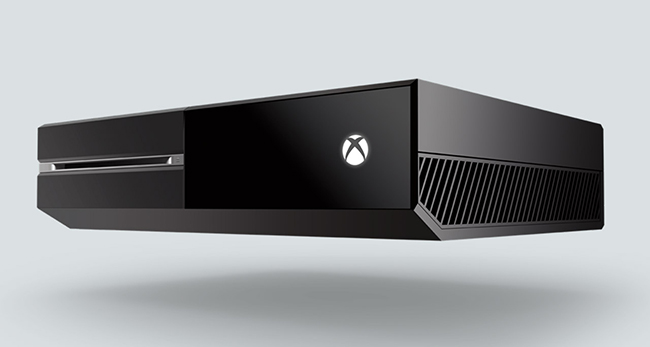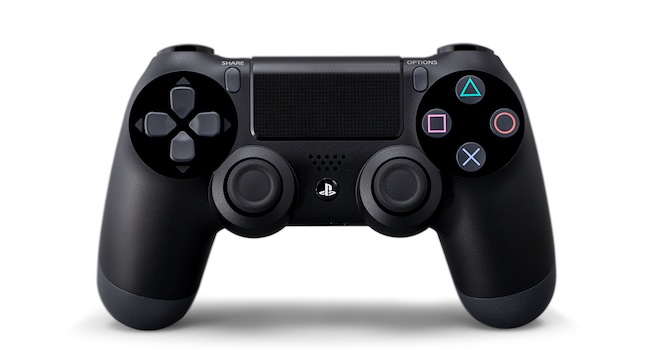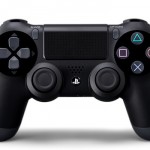Samsung heads into CES 2026 with momentum Samsung Electronics is closing out 2025 with a strong signal of where its future tech ambitions lie….
Xbox One versus PS4: Sony’s onto something special


Microsoft must have been laughing all along. While journalists prophesied the next Xbox would be called the “720”, or perhaps “Durango”, Microsoft coolly lifted the veil on their latest machine and its new moniker and proved us all wrong.
Welcome to the Xbox One, your all in-one entertainment system.
So now that we know what it’s called, let’s compare it to Sony’s PlayStation 4. They’re both due out around the holiday period and they both run on near-identical CPUs. Fortunately that’s where the similarities end. As anyone who enjoys a heated debate well knows, differences breed conflict, and this generation’s console war looks to be the most interesting yet, thanks chiefly to the different philosophies that underline either console. And yes, some people say that consoles are unimportant now – this article by CBC reporter Peter Nowak makes an interesting statement about that – but with two true next-gen consoles now competing for the family TV, it’s going to be a messy battle that will matter to millions of gamers.
Processing Power
Here’s how the two stack up in terms of hardware.
Both consoles are built around HSA architecture. According to Eurogamer, HSA bears a striking similarity to the architecture PCs are founded upon. Given that almost all games are built on PCs first and then tailored for consoles, the HSA architecture can only make the lives of developers working with the PlayStation 4 and Xbox One easier in the long run.
Then there’s the CPU. Both the Xbox One and PlayStation 4 use a Jaguar X86, though the PS4 is helped by a greater number of graphics cores: 1,152 vs. the Xbox’s 768 GPU cores (thanks to Yahoo for this).
More pertinently, the PlayStation 4 also benefits from advanced GDDR 5 RAM. Both consoles ship with 8GB of onboard memory, but the use of GDDR 5 gives Sony a clear edge over Microsoft’s Xbox, which houses the older GDDR 3 variant within its box.
So why is the Xbox One the less powerful of the two? Simply put, because it aims to be a jack-of-all trades. It’s an entertainment centre and aims to be the central pillar in your living room. In sourcing content from the best in television, movies and the internet, Microsoft has had a fixed design in sight from the start. Were it to adopt new technology at the last minute, its pool of cross-functioning content would be tipped out of balance.
Sony, however, has focused on games, and they’ve enjoyed the freedom to adopt newer and better technology as its become available. Though the PlayStation 4 was first planned to house 2Gb of GDDR 5 RAM – and later 4GB – a last minute gamble proved a masterstroke: Sony decided to up the RAM to 8GB believing they could secure the necessary material in time. It worked.
Gaming… or not?
This brings us to a key question; is Microsoft still interested in games? Or is the Xbox One just a big black box that puts movies (now with TV functionality too!) and social media first?
Personally I suspect the Xbox One will be a gaming machine first and foremost, but by selling the next Xbox as an all-rounder, Microsoft is neatly distancing itself from Sony, the latter of whom is selling the PlayStation 4 almost exclusively on the strength of its games (case in point: the Japanese juggernaut even invited indie developer Jonathan Bow to present his new game at the PS4 unveiling). Sony wants games big and small to be playable on their machine; Microsoft is content to pitch the Xbox One as a more commercial-focused beast.
On the other hand, Microsoft’s approach does suggest exciting possibilities in the future. As Eurogamer notes in their write-up on the console: “Microsoft wants you ‘to have a relationship’ with your TV… The idea is that you can daisy-chain your existing set-top box into the new console and seamlessly switch between TV and gameplay, and even run apps in parallel with both of them…The system is remarkable in action, made possible via the use of two virtual machines running in parallel, controlled by a hypervisor.”
Still, there’s the inescapable reality that set-top boxes are largely confined to the US. Will the rest of the world ever fully make use of the Xbox One’s penchant for diversity?
Conclusion
Elsewhere, both companies have refined their controllers, introducing more responsive analogue sticks. Neither company has radically altered the intrinsic design, instead, Sony has opted to add a touch pad to the top of the unit that they claim will “free the way you play”, while Microsoft has subtly honed what is already the best controller in console gaming.
We’ve yet to see what the PlayStation 4 actually looks like, but the Xbox One has been unveiled and sports a faintly menacing, sleek black exterior. All told, it’s pleasantly simple black paintjob is a pleasing departure from the squeaky clean pallor of the Xbox 360. However the casing of the PS4 is styled, it better prepare itself to handle the raw processing power of Sony’s dark steed. .
.
What we really want to see, of course, is these machines in action. Where are the games? All will be revealed at E3 later this year.

